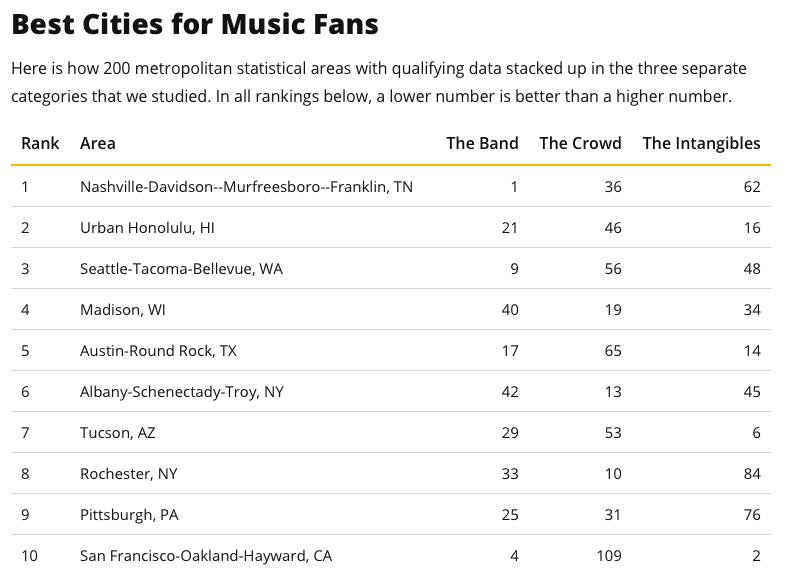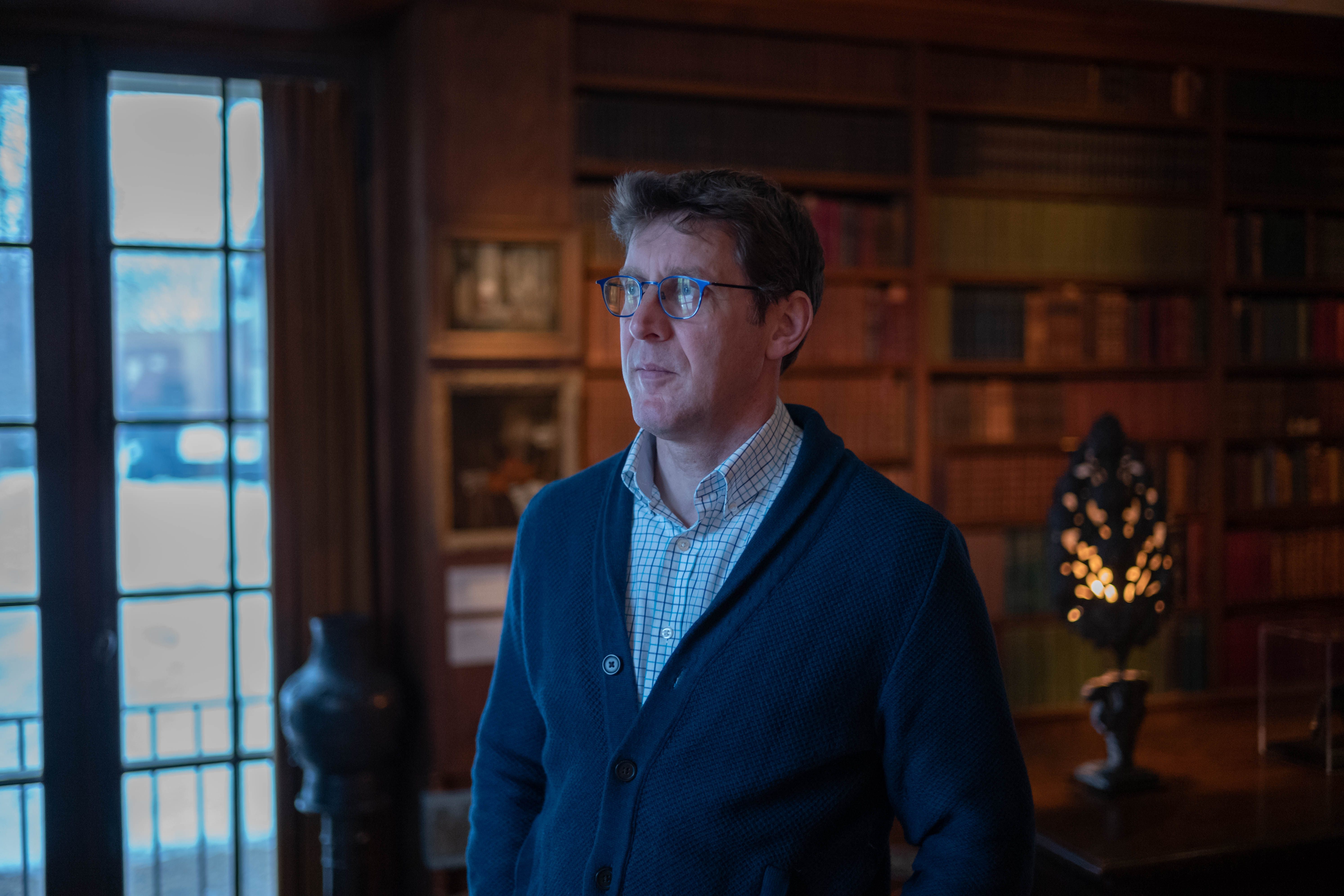The Capital Region is flush with musical treasures, forever tied to legendary artists, home to internationally celebrated touring groups, the center for a number of thriving and diverse scenes. And yet in the wake of our 2019 musicians survey, it’s clear that many working musicians feel disconnected from the larger community, underappreciated, underpaid and disenchanted with how they believe the area values music as a whole.
We turned to experts to see just how these opinions compared to those in other American cities and to look for a solution. As it turns out, Capital Region musicians aren’t alone in their frustration.
“We tend to hear the same stuff,” says Shain Shapiro, founder of Sound Diplomacy, a consulting group that works with governments and businesses across the world to cultivate “music and culture in a deliberate and intentional way to deliver economic, social and cultural growth in cities and places.”
“We hear they are underpaid, underfunded and underappreciated,” he continues. “You’ll find that in a lot of places, but the issue is more one of communication. Often we find the stakeholders don’t share the same language. The value of music is deeply personal. So we use our work to really understand the value of music in any one city. We look at it more holistically, the entire ecosystem. We ask, ‘What would be lost if we lose a certain venue? How many jobs would we lose? What is produced by the education system? Are there studios and rehearsal places? Are those places affordable? And what is affordable and equitable for musicians? Are studios, rehearsal places affordable? What is affordable and equitable for musicians?’”
Sound Diplomacy has offices in London, Berlin, Barcelona, New Orleans and a satellite office in Nashville. Shapiro got the idea for the business while working with London’s mayor’s office on creating more cohesion in its music scene.
Major studies of U.S. music scenes reliably put cities like Austin, New Orleans, San Jose, Portland and San Diego at the top of the pecking order.
However, a 2016 study by ValuePenguin recently found life again on the social media accounts of Capital Region musicians as it touted the Albany-Schenectady-Troy region as the 6th best city for music fans in the country based on the number of bands per capita, audience sizes
The fact that Honolulu came in second with

While Sound Diplomacy does work with major cities that already have internationally celebrated music scenes, he says Albany and the Capital Region are exactly the kind of places his agency wants to buildup.
The “Music City” approach
The “Music City” approach defined by Sound Diplomacy is “A city that embeds music into its collective governance ethos, across economic development, tourism, education, equity and overall quality of life.” Sound Diplomacy usually takes 14 months to conduct studies before issuing a comprehensive strategy.
The process includes four steps: ecological impact assessment, stakeholder engagement, quantitative research and analysis of findings and recommendations.
The assesment and engagement portions include community meetings, surveys, studies, evaluation of laws and ordinances that impact the performance of music and nightlife in the region, and
The process in Huntsville, Alabama, appears to have yielded significant results.

The executive report for Hunstville in August 2019 has initiated the process for the city to appoint a music officer and create a music commission. The city agreed to use music in workforce development, tourism and “equitable growth.”
Music ordinances were changed so as not to stymie public performance of music, and the city increased efforts to make sure residents of all parts of the city would have access to live musical performances.
One recommendation was to create a digital home to document the music scene. Another would create a body to give musicians assistance in key areas. Other recommendations focus on boosting music startups, providing professional guidance to musicians, branding the area based on its music culture and providing more resources to enhance music education for children–like an instrument lease system, and the use of magnet schools.
The study, which resulted in 47 recommendations, cost the city $165,000. Shapiro notes that in some cases independent organizations lobby the government to bring in Sound Diplomacy. A recent study in New Orleans was funded by an economic development group.
A number of local stakeholders said they felt $150,000 would be too high for the Capital Region. Some note that for that kind of investment local donors and government would expect a capital project.
“There were a lot of questions (about) why we were spending the money to do this,” Shane Davis, Huntsville’s director of urban development told Huntsville City Blog. “One, we wanted to find if we were relevant. Can we be relevant in this sector? Sound Diplomacy’s work showed we can be very relevant if we put a focus and some effort into it.”
Huntsville has a population of 194,585, according to 2017 U.S. Census data, while Albany’s population is 98,251. However, the Capital Region’s population, based on its four major cities (Schenectady, 60,000; Troy, 50,000 and Saratoga Springs, 30,000) the areas’ combined populations eclipses Nashville’s by over 40,000.
Could it happen here?
Maureen Sager, executive director of the Upstate Alliance for the Creative Economy, a group dedicated to measuring the economic impact of creative fields and creating a strategy to market the region based on its creative output takes an even wider perspective. Her group covers eight local counties with a combined population of over a million.
Sager sees obvious value in creating a cohesive brand for local music but notes her work takes a broader approach, not just geographically but in terms of artistic disciplines.
“We’re just starting to look at this regional brand that looks at a million people so that we can promote it in the same way that a city like Austin does. So we can get this shared view of The Avalon in Catskill and up to Glens Falls where Sarah Van Buren is putting on amazing basement shows,” she says. “We need to come together as a region so we can be seen by the 40 million people who are residents of New York City. Otherwise, we’re just too small to compete.”
Sager has reservations when it comes to the approach of creating uniform governmental policy that would cross the boundaries of multiple localities. “Zoning is probably best done locally,” she says. “We could have working groups to determine and share best practices, but we don’t have governing bodies or entities that could cover the eight counties.”
Shapiro, who visited the area for Phish shows earlier in life and has friends in Troy, thinks creating a universal music policy could create compelling
Sager says that she’s been excited to share the importance local music scenes can play in the local economy. Those conversations grow easier as data on the local creative economy shows that the performing arts sector is growing fastest. “Performing arts grew by 4% this year–more than anything else and that might help the conversation that music is a worthy investment. But that is growth unaided. Imagine what we could do if we had a comprehensive approach.”






If i won the lottery i would donate the funds for this study. I’m fairly new to the area and i think the regional music scene is already awesome. I can’t possibly attend all the shows I want to because I’d go broke. But any effort to improve the support infrastructure for musicians would be welcome. This region in general, and Albany in particular, is on the cusp of a Renaissance of culture, recreation, livability, etc. It’s great to be right here, right now.